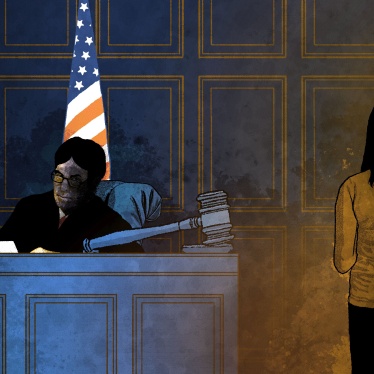As the administration of US President Donald Trump rushed to carry out more federal executions before the end of its term than any administration in decades, the movements against capital punishment and torture, including prolonged solitary confinement, received a boost last week from an unlikely source: architects.
On December 11, the Board of Directors of the American Institute of Architects (AIA) adopted a revision to its Code of Ethics and Professional Conduct to prohibit members from “knowingly designing spaces intended for execution and torture, including indefinite or prolonged solitary confinement of prisoners for 22 hours or more per day without meaningful human contact, for more than 15 consecutive days.”
The AIA is a voluntary member organization so this does not necessarily apply to all architects, but it is a meaningful step toward acknowledging that the death penalty and prolonged solitary confinement violate human rights. The AIA’s code of ethics already included a rule that “[m]embers should uphold human rights in all their professional endeavors” but the AIA had long resisted calls from Architects/Designers/Planners for Social Responsibility (ADPSR) and others to conclude that designing for death and torture constitutes a violation of that directive. Just last year, in response to renewed calls for this change, the organization issued another rejection concluding that the design of execution chambers was not necessarily unethical because the death penalty was legal in the United States. They went on to say that design of isolation cells would be problematic only if they were intended to inflict severe mental and physical pain or suffering, even if that was the effect.
But the organization reversed course this week by adopting the new rules, “prompted by social movements, demands for justice and the nation’s unprecedented reckoning with inequity.”
Though the code applies only in a limited way to one profession, it represents a
huge win for human rights. It’s the result of years of activism by architects themselves. It’s also an important reminder that human rights activism comes in many forms and often is most effective when conducted by those who don’t necessarily consider themselves human rights activists.
When every one of us sees the defense of human rights as part of our personal responsibility, whether it be through our professions or daily lives, we will be much closer to a world that fully realizes the rights of all.










